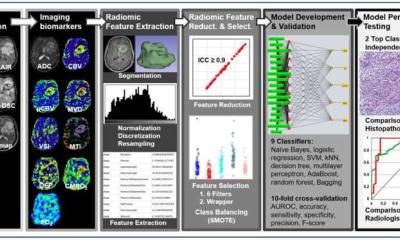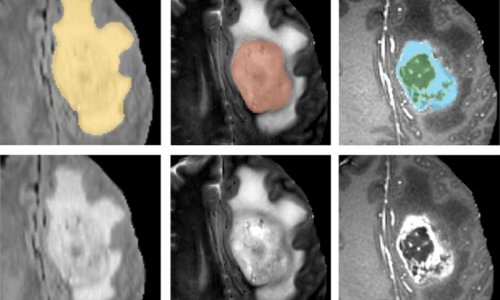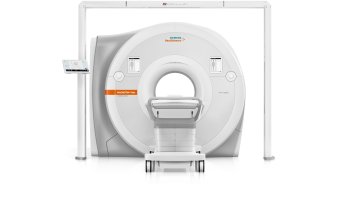Call for papers
Ultrahigh Field MR: Cutting Edge Technologies Meet Clinical Practice
The tremendous progress of ultrahigh field magnetic resonance (UHF-MR) is a powerful motivator to transfer the lessons learned from basic research into the clinic. These efforts are fueled by the quest for advancing the capabilities of biomedical and diagnostic MRI, today. With this in mind momentum is gathering for broader clinical studies and applications. Realizing these opportunities, MAGMA - a first class journal and catalyst of novel imaging methodology and its (bio)medical application - is planning a special issue on human UHF-MR to be published in its 2nd volume of 2016.

The special issue is designed to balance clinical needs, clinical applications and research promises together with novel technologies and technical solutions of UHF-MR. It is meant to provide an overview of state-of-the-art UHF-MR, to discuss the clinical relevance of UHF MR and to explore new concepts, emerging applications and future directions. The special issue is aiming at highlighting the clinical benefits of UHF-MR. For this purpose we wish to encourage studies which benchmark UHF-MR innovations versus today’s clinical standards.
The special issue welcomes studies exploring new clinical territory including in vivo application of parallel transmission and other cutting edge technologies. It offers unique space for new concepts and applications which might be, for the moment, merely visions, but continue to motivate new research. Of course, new concepts and applications presented therein must be scientifically sound (no wild speculations please!) but can be of preliminary nature. It is our goal that these topics will bridge disciplinary boundaries and will stimulate the imaging communities to throw further weight behind the solution of unsolved technical problems and unmet clinical needs. A story worth following since the implications feed into a broad spectrum of MR physics, biomedical engineering, neuroscience, neurology, radiology, cardiology, internal medicine, oncology, nephrology, ophthalmology and other related fields of basic research and clinical science. At the same time it is no secret that UHF-MR will not end at 7.0 T and that the field is moving apace into this direction.
We feel that it is essential to make the physics, biology and medicine communities aware of this productive ferment, so as to engage the interest of clinical adopters, forward-thinking scientists, engineers, hardware professionals, translational researchers, applied scientists and new entrants into the field. We wish to invite manuscripts (short communications as well as full-length manuscripts) on topics pertinent to the scope of the Special Issue. In order to meet the time line, papers should be submitted not later than October 31, 2015 (and preferably sooner). Papers should be submitted through the normal submission procedures on the web (http://www.editorialmanager.com/mrmp). Authors should indicate in their cover letter that the manuscript is submitted "For inclusion in the Special Issue on UHF-MR”.
MAGMA special issues are widely read and heavily referenced. This is your chance to think outside of the box and to get your latest and best results published in a timely manner. We are looking forward to receiving your manuscripts.
Source: press release mdc Berlin, MAGMA
28.05.2015











